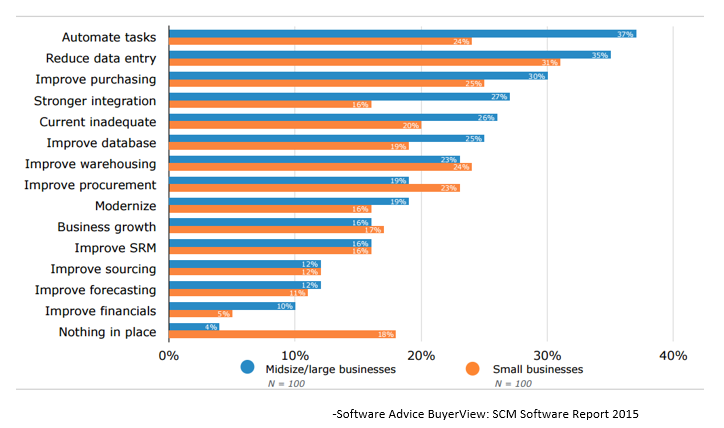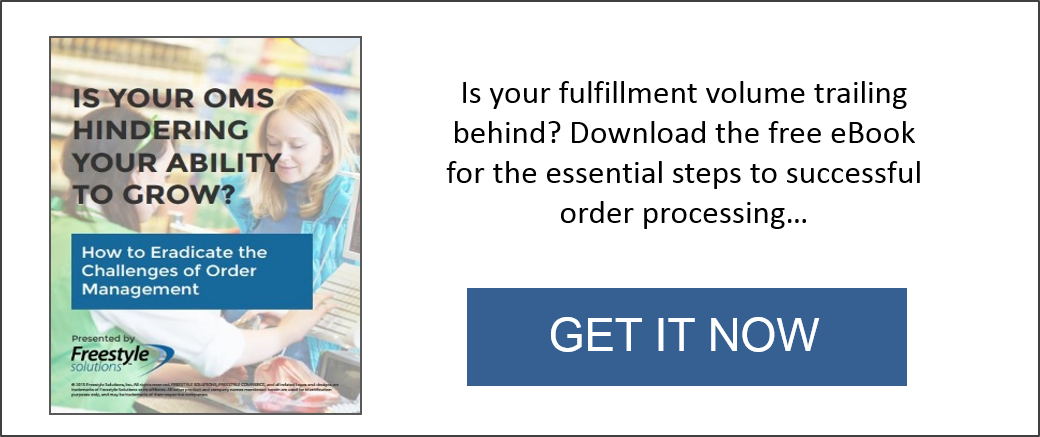
What is an inventory turnover rate? Simply put, it’s the number of times inventory is sold or used in a period of time. Also known as the cost of goods sold or net sales divided by the average inventory.
Although a high inventory turnover rate signals strong sales, it can also indicate an ineffective inventory purchasing plan. And, since a low turnover rate implies fewer sales, excess inventory is right around the corner.
High inventory levels are not ideal, since inventory usually has a return rate of zero, and it can open up your company to financial concerns if prices start to fall. You can learn how to monitor and calculate your inventory turnover ratio, but then what comes next?
Adopting Automation for Efficiency
Managing the retail supply chain from the point of purchase to management and delivery, has reached a point where automation is necessary to provide the maximum inventory turnover rate. As retailers begin to recognize where these processes line up, it becomes easier to understand how the business is affected by even small changes in processes and practices.
The chart below underscores the need that midsize to large businesses have for an order management system (OMS) providing automation of order and inventory management tasks, reduced data entry, and improved purchasing, to name a few.
Capabilities to Consider When Choosing an OMS

Much like their larger counterparts, small businesses are searching for reduced data entry, improved purchasing, as well as improved warehousing. The Software Advice BuyerView report highlights that 18% of the small businesses surveyed completely lack process automation with no systems in place whatsoever.
What Can Automation Do for Your Business?
Small businesses often feel they do not need an automated back office process, mainly because they are not handling the same capacity of orders as larger businesses. Although this may be true, automation can be just as important for small businesses, due to the likelihood of errors that can develop throughout the order and delivery process.
This is why 35% of small businesses are also searching for solutions offering reduced data entry. Eliminating the number of entries needed to add an order can drastically affect your order processes and streamline efficiency. This is also an extremely important function for midsize to large businesses, as 31% recognize this need. There are many detailed tasks associated with implementing an effective purchasing process, including payment terms, delivery dates, item specifications, quantities, shipping terms and other relevant terms and conditions.
With an automated purchasing process, businesses can easily manage orders and inventory, as this is a crucial step to the financial health of the business. The question to ask yourself … Is your order process up to speed?
Find out if your order management system is hindering your ability to grow in the eBook below.



